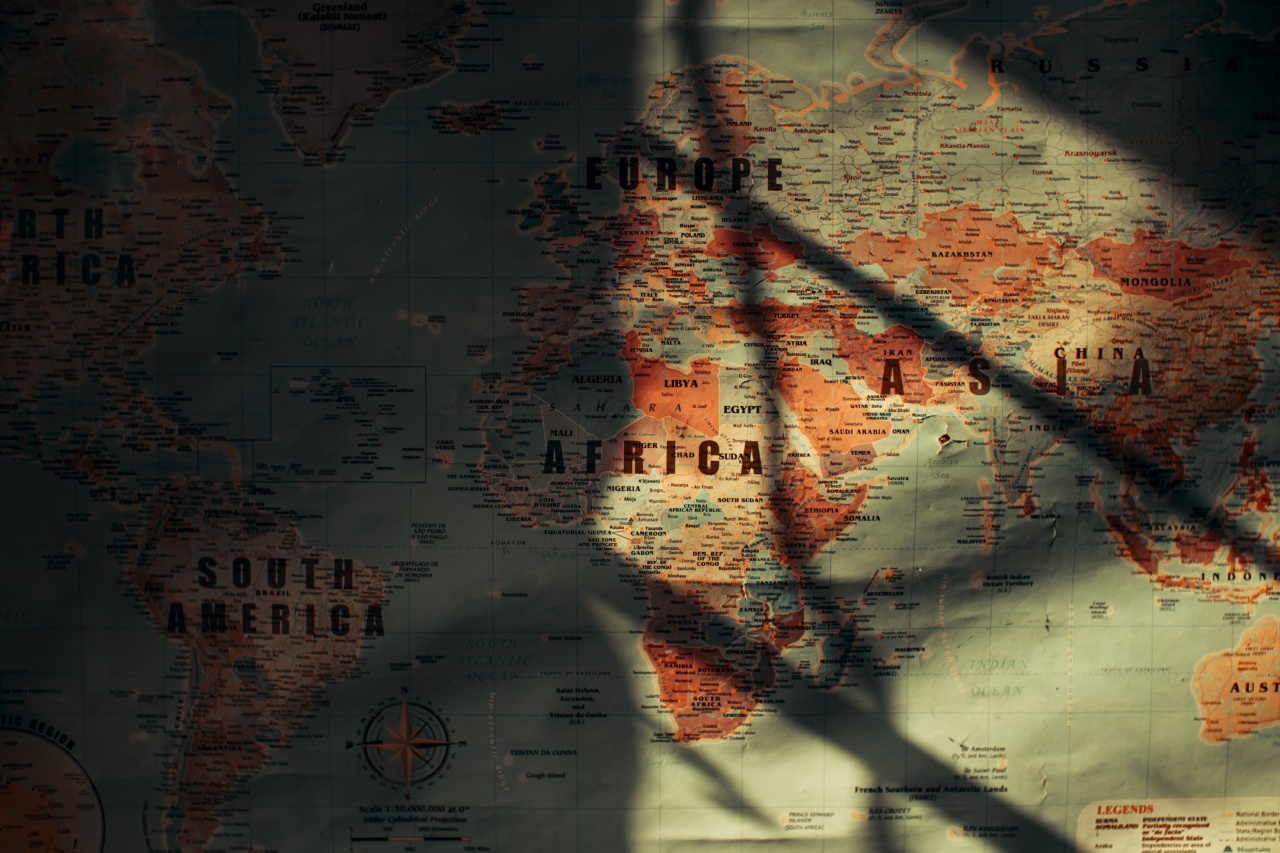Pressure is something that we experience every day, even if we don’t always notice it. Whether it’s the pressure of deadlines at work or the pressure of social expectations, we’re all familiar with the feeling of being under pressure.
But there’s a type of pressure that’s far more extreme than anything we encounter in our daily lives. This pressure is powerful enough to crush the strongest materials and kill living organisms in an instant.
It’s the deadliest pressure in the world, and it’s found in some of the most hostile environments on Earth.
The Science of Pressure
First, let’s take a closer look at what pressure actually is. At its most basic level, pressure is the force applied over an area.
When you press your hand against a wall, for example, you’re applying a certain amount of force over a particular area.
The units of pressure are expressed in pascals (Pa), which measures the force per square meter.
In everyday life, we tend to use units such as pounds per square inch (psi) or atmospheres (atm) to describe pressure, but these are all equivalent to pascals.
High Pressure Environments
What makes pressure dangerous is when it reaches extreme levels. In some parts of the world, the pressure can be so high that it can kill within seconds.
One of the most extreme environments for pressure is the ocean. As you descend deeper into the ocean, the pressure increases rapidly. At around 1000 meters, or 3300 feet, the pressure is already over 100 times greater than at the surface of the water.
This extreme pressure means that ocean explorers need to use specially designed equipment that can withstand the crushing force of the water around them.
Even with this equipment, divers can only explore to a certain depth before the pressure becomes too great.
The Deadly Pressure of Explosions
Another source of deadly pressure is explosions. When a bomb explodes, it creates a massive shock wave that ripples out from the center of the explosion. This shock wave is made up of rapidly moving air particles that smash into everything in their path.
The force of the shock wave can be enough to shatter buildings and cars, and anyone caught in its path is likely to be killed instantly.
In fact, throughout history, explosions have been used as weapons of war precisely because of their destructive power.
The Pressure of Volcanic Eruptions
Volcanic eruptions are another example of the deadly power of pressure. When a volcano erupts, it releases extremely hot magma and ash into the air. This material is expelled under intense pressure, which can cause the eruption to be explosive.
When this material lands on the ground, it can move at incredible speeds and temperatures. People caught in the path of a volcanic eruption can be killed by the force of the material itself or by the extreme heat and toxic gases it produces.
The Dangers of Industrial Pressure
Industrial processes also involve high levels of pressure, and these pressures can be deadly if not properly controlled.
For example, in factories where chemicals are processed, high pressure reactions can sometimes go wrong, leading to explosions or releases of toxic gases.
These incidents can have catastrophic consequences, and they are why safety measures are so important in industrial settings.
Engineers must carefully design pressure vessels and other equipment to ensure that they can withstand the pressures involved and minimize the risk of accidents.
Navigating Dangerous Pressure Environments
When working in environments with extreme pressure, it’s essential to take precautions to avoid injury or death. This means using appropriate safety equipment and relying on expert knowledge and guidance.
For example, deep-sea divers need to use specialized equipment that can withstand the high pressure of the water around them. They also need to know how to avoid getting the bends, a decompression sickness that can be fatal if not properly treated.
Similarly, workers in chemical factories need to be trained in how to safely handle high-pressure reactions and how to respond if things go wrong. This requires specialized training and a deep understanding of the risks involved.
Conclusion: Understanding the Deadliest Pressure in the World
Pressure is something that we encounter every day, but the deadliest pressure in the world is far more extreme than anything we face in our daily lives.
From the crushing pressure of the ocean to the explosive power of volcanic eruptions, the dangers of extreme pressure are real and should be taken seriously.
By understanding the science of pressure and the risks involved, we can better prepare ourselves to navigate these dangerous environments and stay safe.
Whether we’re exploring the depths of the ocean or working in a chemical factory, taking appropriate safety precautions is essential for avoiding injury or death.































